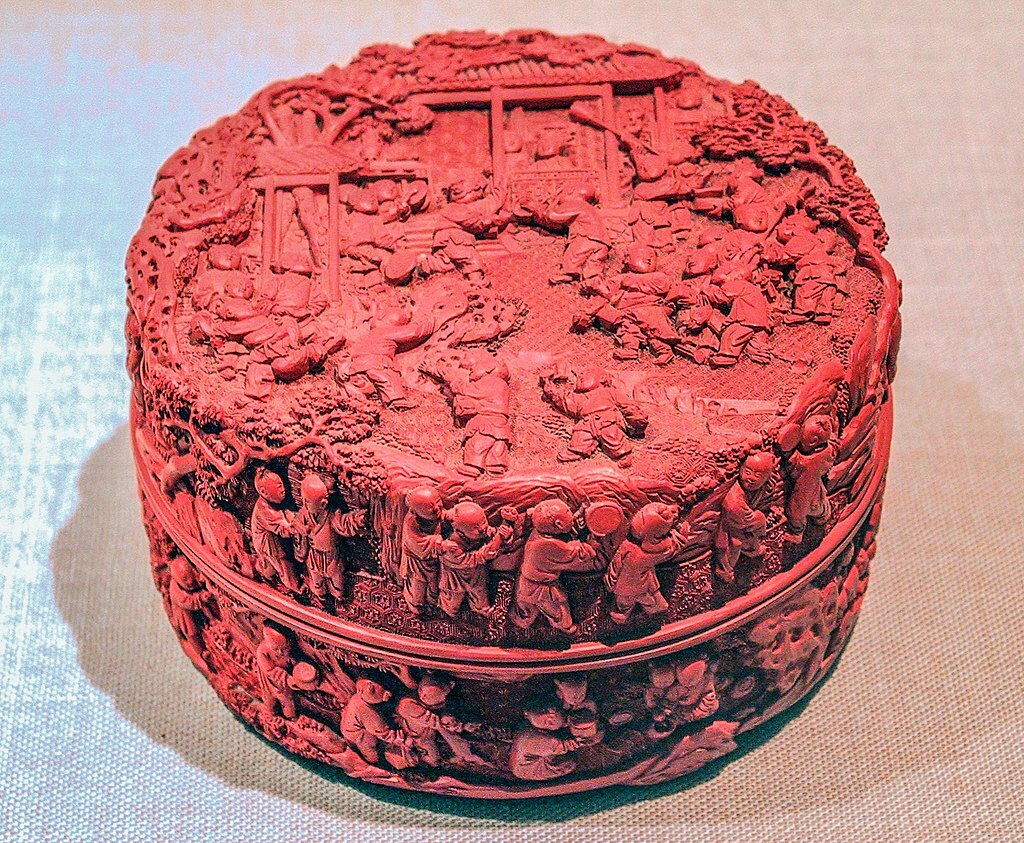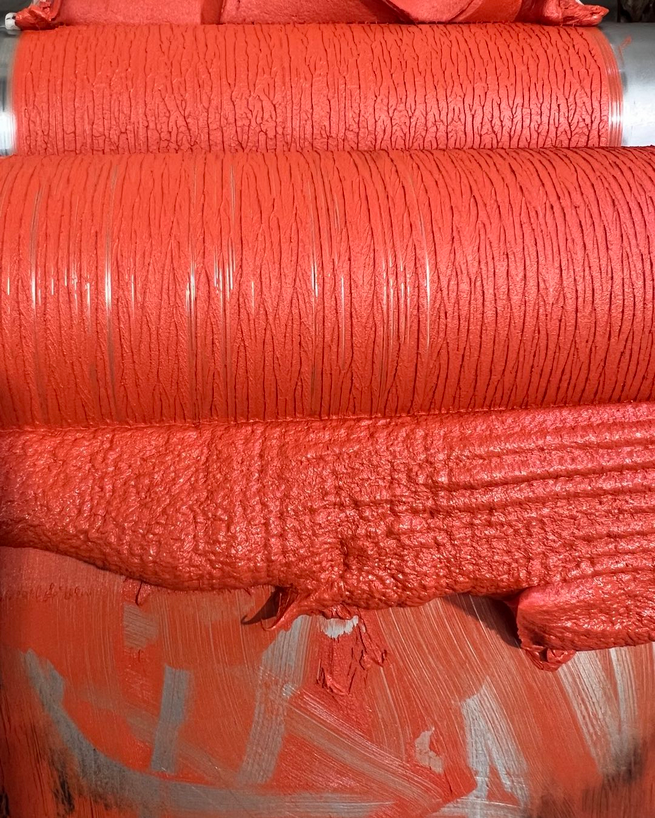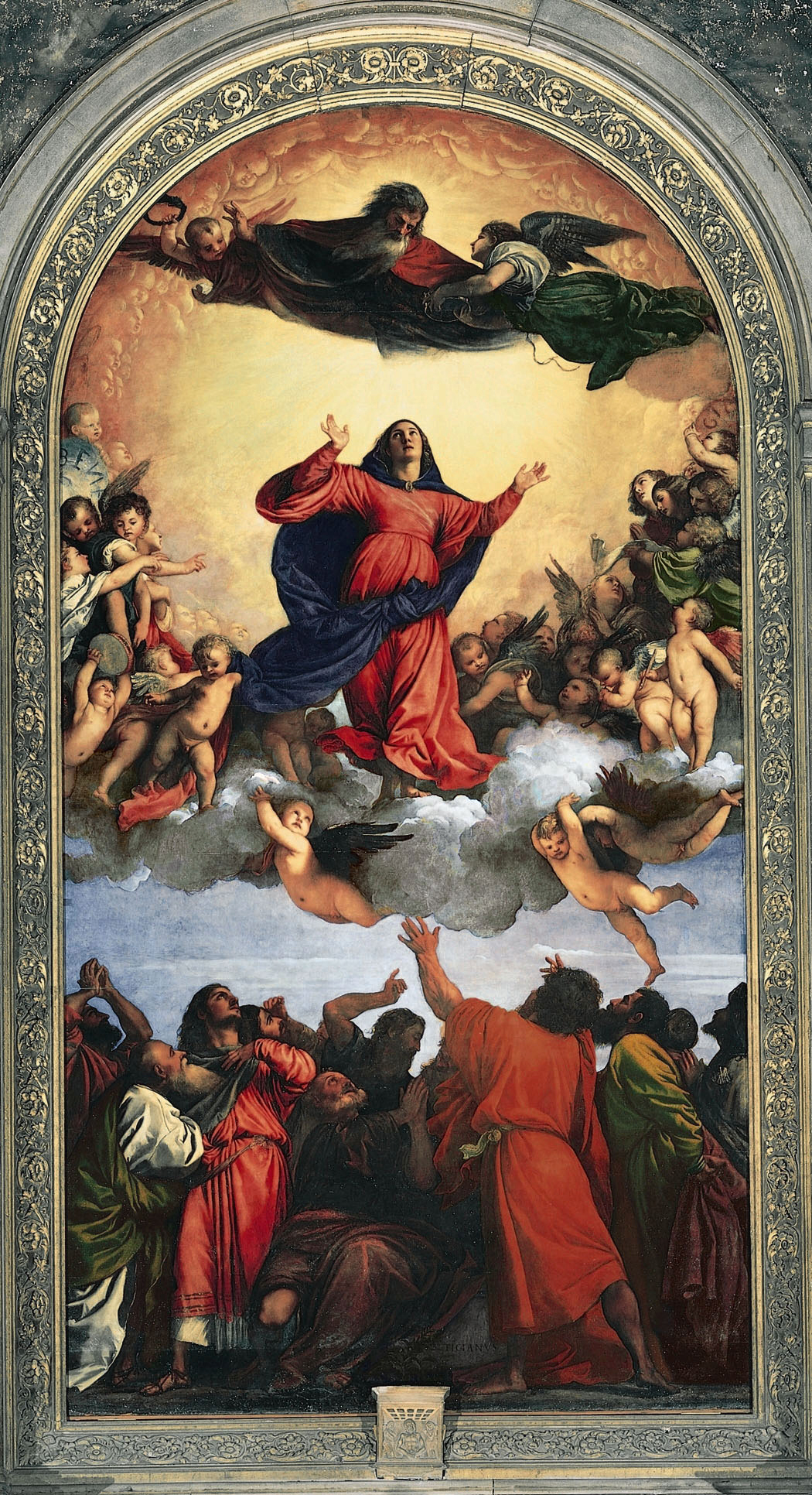Of all the pigments that have shaped the visual history of the world, few possess the same illustrious mystery as vermilion. Rich in both colour and cultural significance, vermilion has served as a central red pigment from ancient imperial courts to Renaissance ateliers. For oil painters and art historians alike, it remains an object of fascination.
Vermilion, in its earliest and most natural form, was derived from cinnabar (mercury sulphide - HgS), a mineral known and mined in China as early as 2000 BC. Unsurprisingly, it held symbolic and ritualistic importance in religious practices and devotional art, often associated with vitality and protection, and still has spiritual significance today in the Taoist religions.

A Qing dynasty carved box, painted with cinnabar.
By Roman times, cinnabar was being processed with greater refinement and applied as a pigment in frescoes and wall paintings, probably most famously in Pompeii.
Its distinctive red-orange hue and lightfastness make it highly desirable, there really is no other red from 'nature' that has such vibrancy and resilience, not dissimilar to Lapis Lazuli's historic domination in the blue part of the colour spectrum.
The term “vermilion” comes from the Latin vermis, meaning worm, a reference to an early red dye made from insects, a similar species and process to the cochineal insect from which the carmine pigment is produced.
We are the only store in the world carrying two shades of natural cinnabar in oil - you can learn more about the attributes of this pigment in oil here - below is a picture of one of the versions we sell being ground with linseed oil on the paint mill.

A change came in around the 9th century, when an artificial method of synthesizing vermilion—by heating mercury with sulphur—was developed. This synthetic vermilion, or process vermilion, is chemically identical to natural cinnabar and it eventually became the dominant method of production in Europe throughout the Middle Ages and Renaissance.
Interesting to note that this early synthetic or 'process' vermilion is black in the raw state, and only when the grinding begins does the red hue emerge. This remarkable physical property can be used to give deeper and darker shades of the pigment, while the chemical makeup remains the same purely by adjusting the level of pigment grinding.
This melding of these two elements was closely aligned with the alchemical practices of that era, where experimentation with base metals and fiery elements was at its height - arguably the birth of modern chemistry and a forerunner of the scientific process.
In the 17th century, a new method of making the pigment was introduced, known as the Dutch method. Mercury and melted sulphur were mashed together to make the black mercuric sulphide - then heated - producing vapours which condensed as a bright, red mercury sulphide. This compound was then treated with a strong alkali, washed, and finally ground underwater to yield the commercial powder form of the pigment.
This process is essentially the same as used today.
We currently offer four types of process vermilion in oil in the shop - again unique to Supreme Paint!
Vermilion in Oil Painting
By the 15th century, vermilion was one of the most important red pigments on an artist’s palette.
In oil, it displays excellent opacity, a luminous warmth and wonderful saturation or chroma that can not be matched by organic reds such as madder or iron-rich red earth pigments.
Renaissance and Baroque painters used it to model flesh tones, intensify drapery, and establish underlayers that warmed the entire composition. It appears frequently in the work of Titian, Rubens, and Velázquez, often paired with lead white or red earths to create subtle gradations - white and vermilion mixed make a superb 'base' hue for Caucasian flesh hues.
In the medium of oil, vermilion’s working properties are favourable: it grinds well into linseed oil, forming a buttery paste, and retains its brilliance when used in thicker passages.
However, when exposed to sulphurous environments, it can sometimes exhibit darkening over a long period of time, a chemical transformation still debated among conservators, a strange phenomenon given that so many ancient works have not discoloured - the exact environmental cause remains somewhat mysterious.

Titian - Assumption of the Virgin
Modern Substitutes
Most contemporary artists looking for a warm red turn to cadmium red light or modern synthetics like pyrrole red. These alternatives offer excellent permanence and chroma, but for those who engage with historic pigments, practice conservation or work with traditional 'atelier' indirect type palettes, true vermilion remains unmatched in historical authenticity.
Also much better suited to a palette with lower strength 'earth pigments', as cadmium and its modern alternatives can easily overpower the gentle tint strength of the earths.
In essence, it is much more harmonious with other traditional pigments such as raw umber, burnt sienna or bone black and really, if you are working with these pigments there is no substitute.
Conclusion
Vermilion is inseparable from the story of painting itself. From its roots in ancient alchemy to its celebrated use in European art, it stands as a symbol of the lengths to which artists and those who supplied them would go in the pursuit of colour.
It offers a fascinating case study in the evolution of materials, trade, and artistic technique and provides a vivid reminder that every pigment carries a story far deeper than its surface hue.

